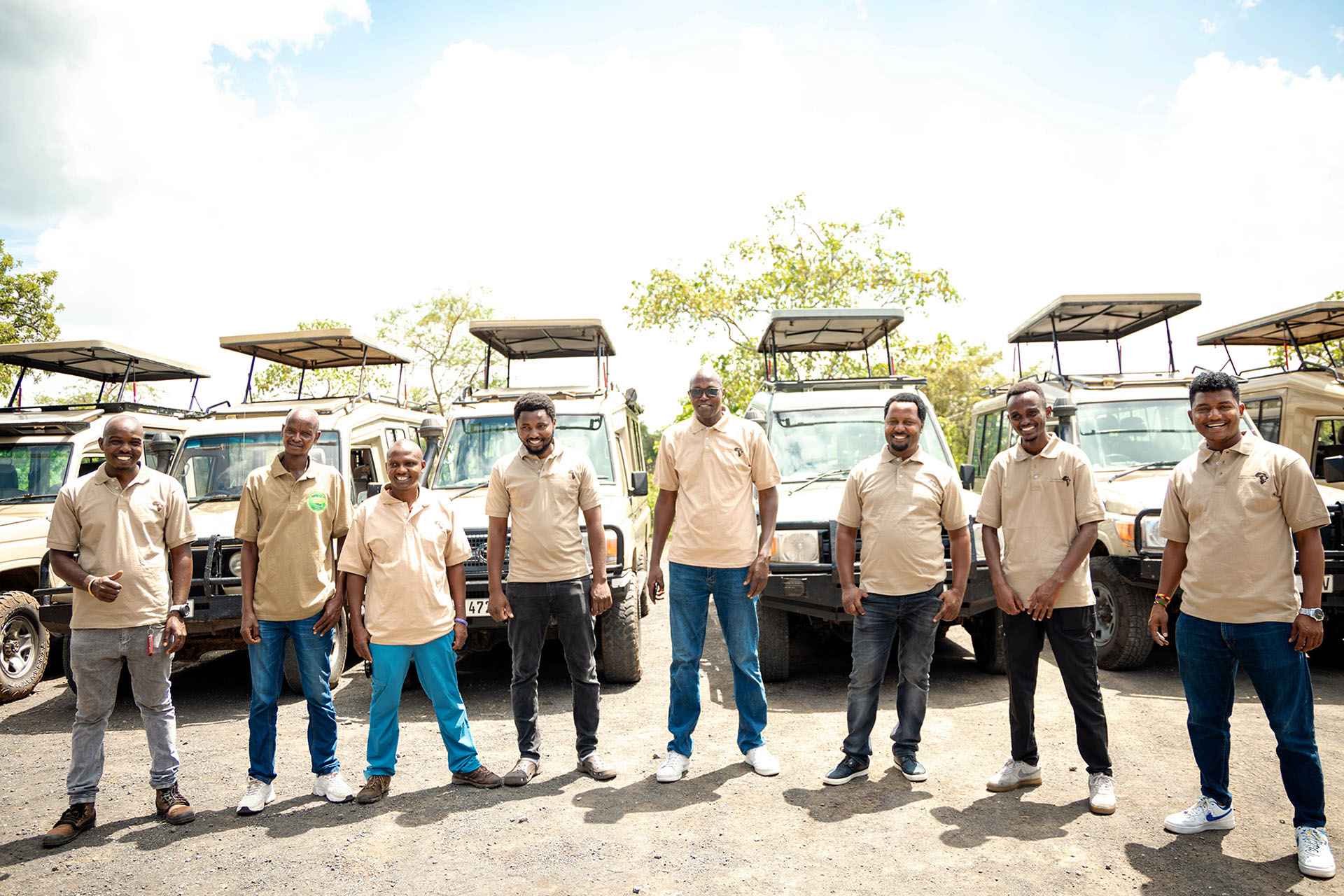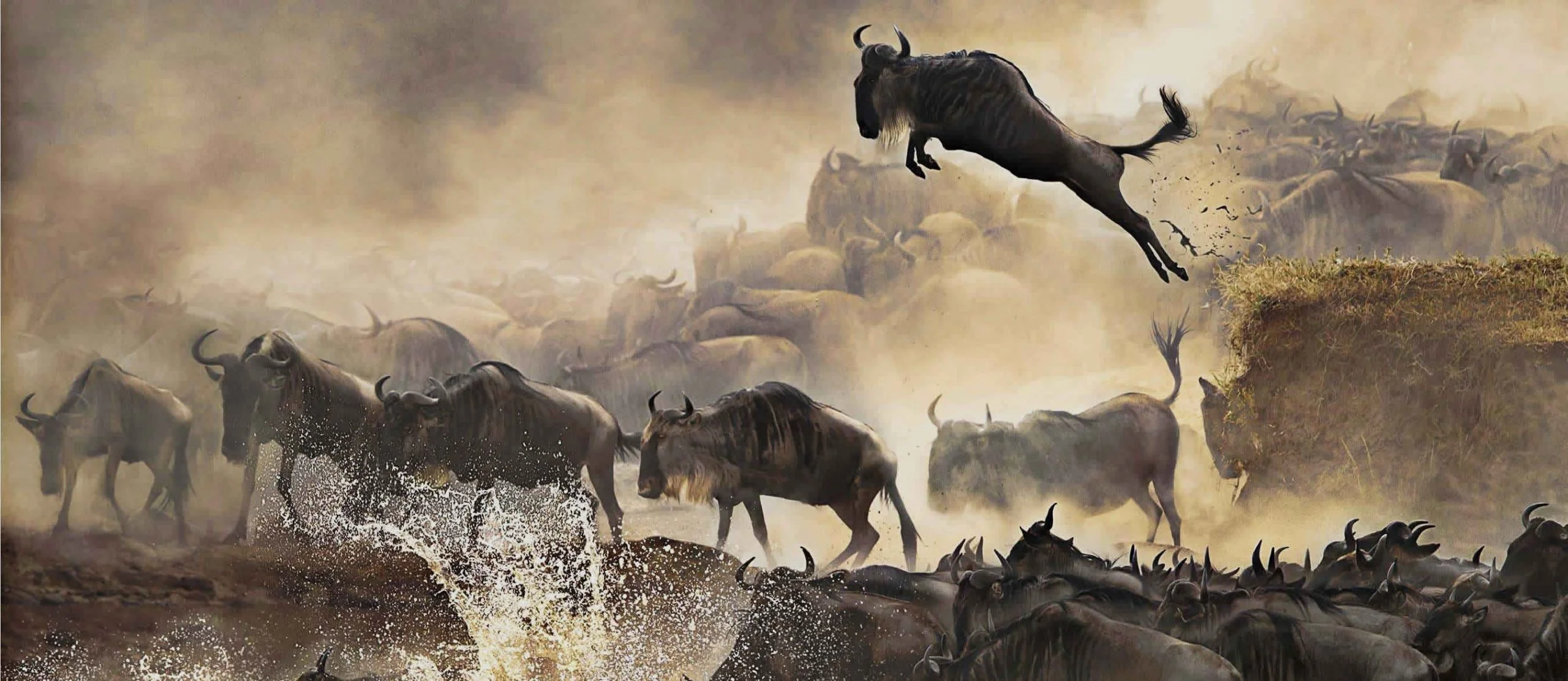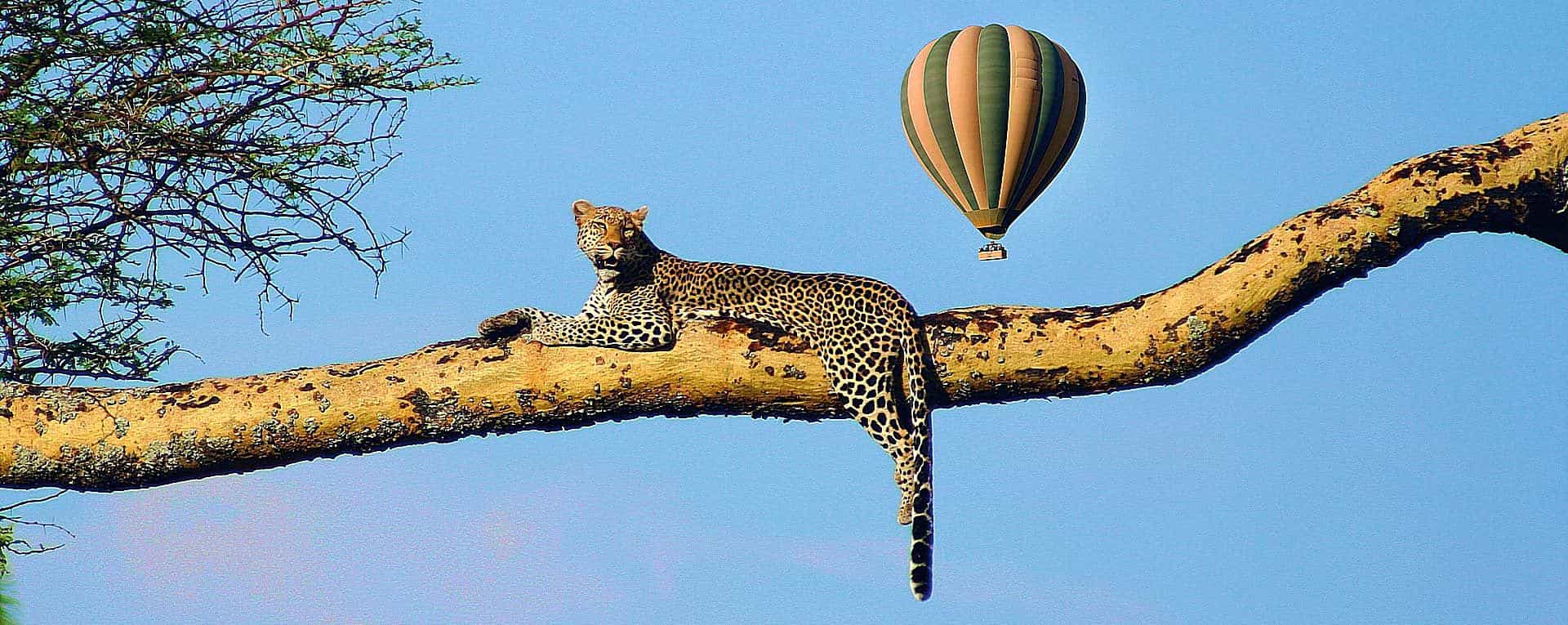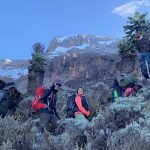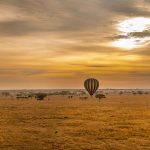Factors Affecting Tanzania Safari Prices
Ephraim’ Guide Safaris (EGS – Tanzania) hereby describes main factors affecting Tanzania Safari prices. When planning your holiday to Tanzania/Africa; the most important issue that you will need to learn is the cost of your Safari.
Tanzania is one of the world’s premier safari destinations, offering unforgettable wildlife experiences, stunning landscapes, and rich cultural interactions. Whether you dream of watching the Great Migration in the Serengeti, spotting the Big Five in Ngorongoro Crater, or trekking Mount Kilimanjaro, a safari in Tanzania is truly a once-in-a-lifetime adventure. However, the cost of a safari can vary significantly, depending on a range of factors.
At Ephraim’s Guide Safaris (EGS – Tanzania), we strive to offer personalized, budget-friendly safari packages without compromising on the quality of your experience. In this guide, we’ll explore the key factors that influence the cost of a Tanzania safari, helping you better understand what goes into the pricing and how to plan a safari that suits your budget and expectations.
1. Seasonality: When You Travel Matters
The time of year you choose to visit Tanzania can have a major impact on the price of your safari. There are two primary seasons to consider:
- High Season (June to October, December to February): These months correspond with Tanzania’s dry season, which is the most popular time for safaris. Wildlife is easier to spot as animals gather around water sources, and there’s less vegetation to obstruct your view. Additionally, the Great Migration crosses the Serengeti during this time, attracting large crowds. Due to high demand, prices for accommodation, park fees, and tour services are higher during these months.
- Low Season (March to May, November): Also known as the green or rainy season, this period offers lower prices as it coincides with Tanzania’s wet season. Although the rains make some roads and parks more challenging to access, the landscape is lush and vibrant, and fewer tourists mean a more intimate experience with nature. Lodges and safari operators often offer discounts during this time, making it a more budget-friendly option.
Pro Tip: Traveling in the shoulder season (late May or early November) can help you strike a balance between good wildlife viewing and lower costs.
2. The Type of Accommodation You Choose
Accommodation is one of the largest components of a safari’s cost, and Tanzania offers a wide range of lodging options to suit different budgets. Here’s a breakdown of common accommodation types and how they affect your safari price:
- Luxury Lodges and Camps: If you’re looking for a top-tier safari experience, luxury lodges and tented camps provide 5-star service, gourmet meals, and stunning locations, often inside the national parks. These accommodations come with high prices but deliver exclusive amenities such as private game drives, infinity pools, and spa services. Expect to pay significantly more for this level of comfort.
- Mid-Range Lodges and Tented Camps: Mid-range accommodations offer a balance between comfort and affordability. You’ll enjoy clean, comfortable rooms with modern amenities, and many are located close to major parks. This option is great for travelers seeking a well-rounded experience without the premium price tag.
- Budget Campsites: For adventurous travelers, budget camping is the most economical option. Tanzania has several basic campsites both within and outside its national parks. These campsites are typically equipped with shared facilities such as bathrooms and cooking areas. Although more rustic, camping offers a truly immersive experience in the wild, at a fraction of the cost.
Pro Tip: Staying outside the national parks in nearby towns or villages can help reduce accommodation costs, although this might result in longer travel times to and from the park each day.
3. The Number of Days on Safari
The duration of your safari has a direct impact on the overall cost. A longer safari allows you to explore multiple parks and regions, but it also increases expenses such as accommodation, park fees, and transportation. Most safari packages range from 3 to 10 days, and here’s a rough estimate of how the number of days can influence your budget:
- Short Safari (2-3 Days): Ideal for those with limited time or on a tight budget. You can visit one or two parks, such as the Ngorongoro Crater or Tarangire National Park, for a concentrated safari experience.
- Medium Safari (5-7 Days): A mid-length safari allows for a more comprehensive experience, with time to visit iconic parks like the Serengeti, Lake Manyara, and the Ngorongoro Crater.
- Long Safari (8+ Days): For those wanting to fully immerse themselves in Tanzania’s diverse landscapes and wildlife, a longer safari provides time to explore multiple ecosystems, from the plains of the Serengeti to the baobab-dotted savannahs of Tarangire.
Pro Tip: While a shorter safari may be more budget-friendly, it’s important to consider the cost of flights and park fees in relation to the number of days. Sometimes extending your trip by just one or two days can significantly enhance your experience without drastically increasing the cost.
4. National Parks and Conservation Areas
Tanzania is home to a variety of national parks and conservation areas, each with different park fees. The more parks you visit, the more you’ll need to budget for entry fees. Some of the most popular parks and their daily fees for international visitors include:
- Serengeti National Park: $70 per person per day
- Ngorongoro Conservation Area: $70 per person per day (plus a crater service fee of $300 per vehicle for game drives inside the crater)
- Tarangire National Park: $50 per person per day
- Lake Manyara National Park: $50 per person per day
These fees contribute to the conservation and management of Tanzania’s protected areas. Keep in mind that each park offers a unique experience, so the choice of parks will also impact your safari itinerary and overall cost.
Pro Tip: If you’re traveling on a budget, consider spending more time in lesser-known parks such as Ruaha National Park or Selous Game Reserve, which offer incredible wildlife viewing at a lower cost compared to more famous parks like the Serengeti or Ngorongoro.
5. Group vs. Private Safaris
Whether you choose a group safari or a private safari significantly impacts the cost. Here’s a comparison:
- Group Safaris: Group safaris are more affordable since the costs for vehicles, guides, and park fees are shared among multiple participants. Group sizes typically range from 4 to 6 people, allowing for a more budget-friendly option while still enjoying excellent game viewing.
- Private Safaris: Private safaris offer a more personalized experience, with flexible itineraries tailored to your interests. However, since you’re not sharing the costs with others, private safaris tend to be more expensive. This option is ideal for honeymooners, families, or those seeking a more exclusive and customized experience.
Pro Tip: If you’re traveling solo or as a couple, joining a small group safari can save money while still providing an unforgettable experience.
6. Transportation and Internal Flights
Transportation is another important factor that influences safari prices. The two main modes of travel between parks are road safaris and fly-in safaris:
- Road Safaris: Traveling by road is generally the more cost-effective option, and it allows you to enjoy the scenic landscapes along the way. However, Tanzania’s distances between parks can be long, and road conditions can be rough, especially during the rainy season. If you have time and are looking to save on costs, a road safari is a great option.
- Fly-in Safaris: For those short on time or seeking more comfort, internal flights between parks are available, although they come at a higher price. Fly-in safaris are often preferred for remote destinations like the Serengeti, where flights can cut down travel time significantly. Keep in mind that flights can add a substantial amount to your safari budget.
Pro Tip: Combine both road and air travel by flying into one park and driving to others to balance cost and convenience.
7. Additional Safari Activities
Most safari packages include game drives, but there are other activities that can enhance your experience and increase the overall cost, such as:
- Hot Air Balloon Safaris: Floating over the Serengeti in a hot air balloon is a bucket-list experience, but it comes with a hefty price tag (typically around $500 per person).
- Walking Safaris: A walking safari offers a unique perspective of Tanzania’s wildlife, often costing extra depending on the park and guide.
- Cultural Tours: Visits to local villages or cultural experiences, such as Maasai bomas or Hadzabe hunter-gatherer communities, can be arranged for an additional fee.
Pro Tip: While these activities come at an additional cost, they often provide a more enriching and memorable safari experience, so it’s worth budgeting for at least one or two.
8. Guide Experience and Safari Operator Quality
Finally, the quality of your safari operator and guide will impact the cost. Experienced, well-trained guides who are knowledgeable about the local wildlife, culture, and ecosystems often charge more for their services, but their expertise can make all the difference in your safari experience. A reputable safari operator like Ephraims Guide Safaris ensures that you not only see the best wildlife but also gain deep insights into Tanzania’s unique environment.
Conclusion: Customizing Your Safari with Ephraims Guide Safaris
At Ephraims Guide Safaris (EGS – Tanzania), we understand that every traveler is unique, and so are their budgets. We offer a range of customizable safari packages that cater to different price points while ensuring an unforgettable Tanzanian adventure. From choosing the best time to travel to selecting the right accommodations and activities, we work closely with you to design a safari that fits

